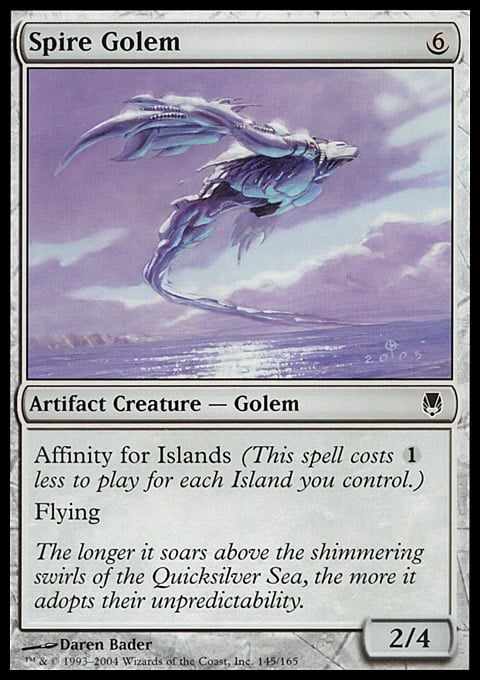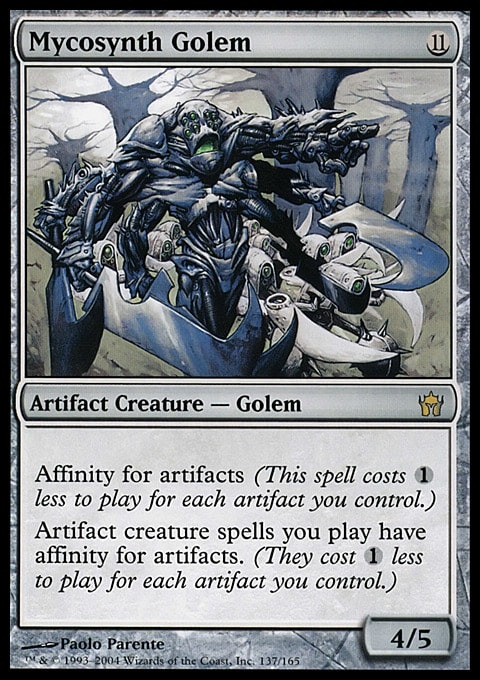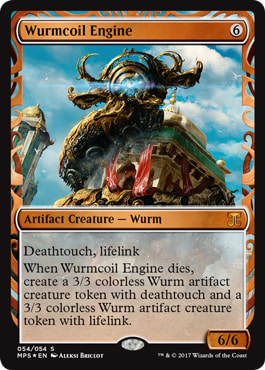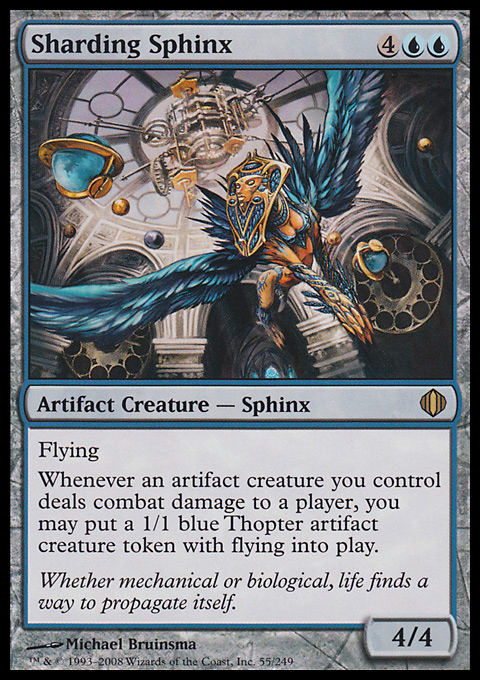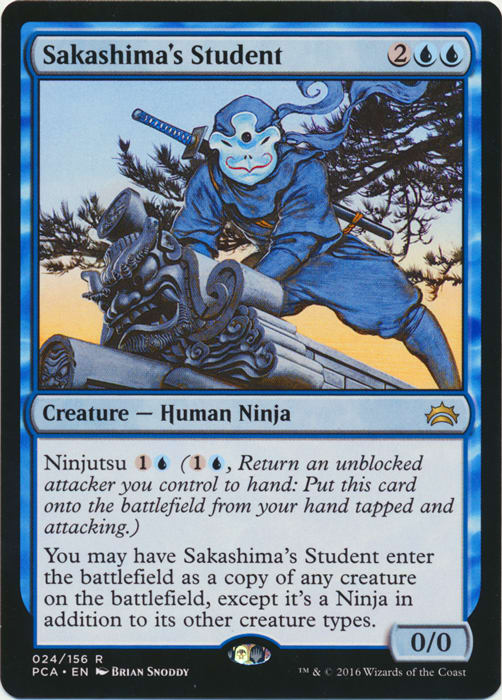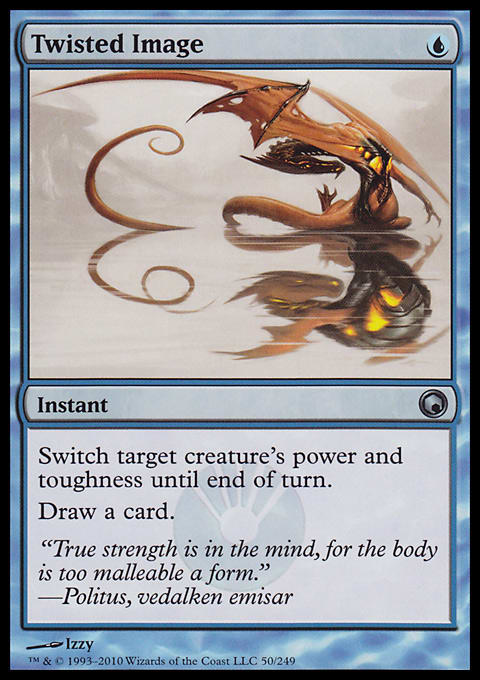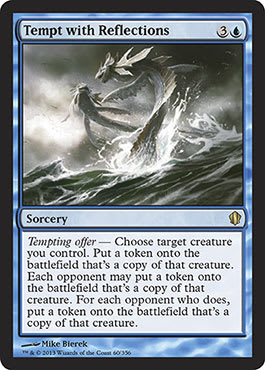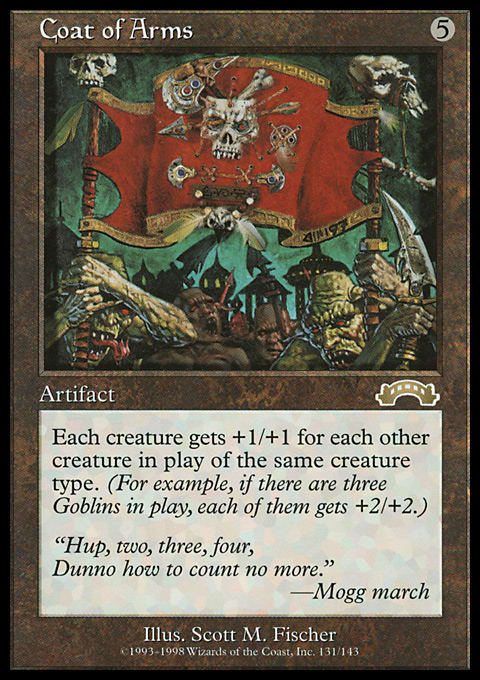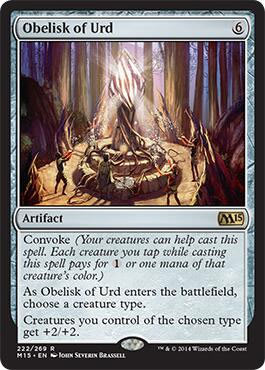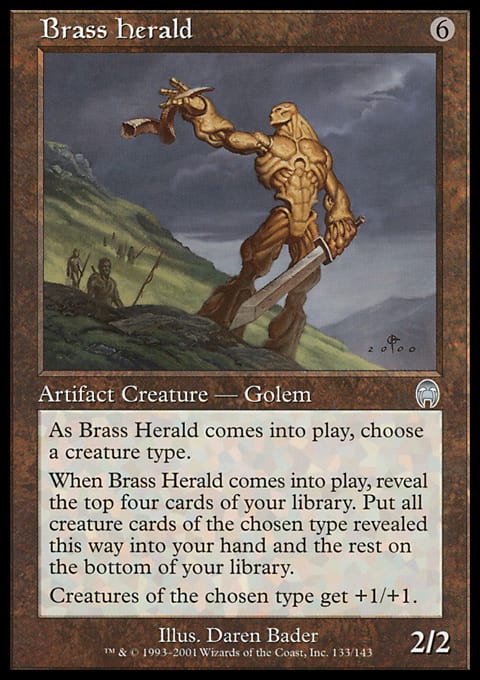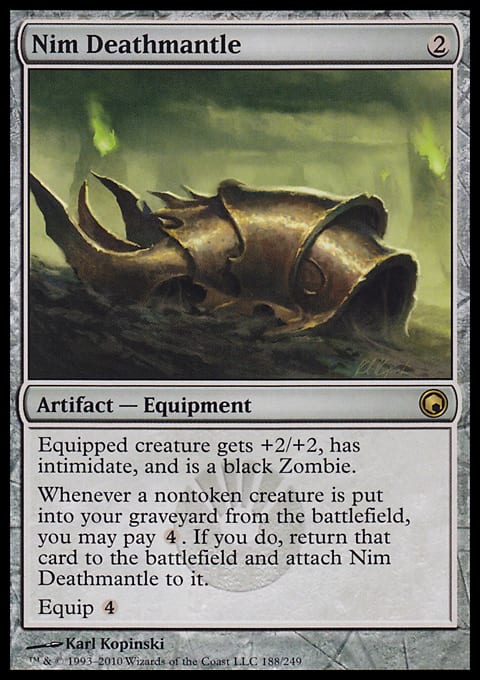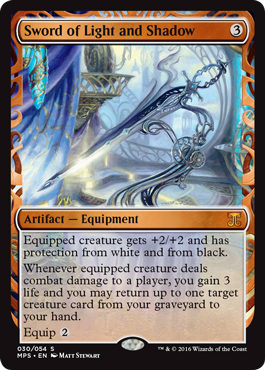The holiday season is always a good time for reflection. For my family, this generally means it’s a time to appreciate how far we’ve come over the last year and begin setting goals for the new one. For me, this usually involves sharing stories about my education in engineering and my family members telling me all about how I was meant to be an engineer from a very young age. These are stories abound about how I tried to take apart an aunt’s dishwasher or an uncle’s computer or build elaborate Lego structures to match the structural prints my mom would bring home from work.
As I learned more about science and engineering at school, I found there was a lot more to it than just taking things apart and putting them back together. In fact, the component of engineering that I enjoy the most has to do with understanding a process enough to maximize efficiency. This means looking for ways to automate larger and larger pieces so as to remove human error and small losses of time due to batching.
Because of that, one of the characters in the Magic universe I most sympathize with is Muzzio, Visionary Architect. Here’s a guy who just wanted to automate an entire city so that the whole thing would run like clockwork. Sure, he took things to an undesirable extreme, but at his core, Muzzio is just an engineer who took things a little too far. Every step of Muzzio’s process, from start to finish, is straight out of the engineering handbook. At first, we have the story of Muzzio, the artificer with a vision, tinkering with his clockwork golems late into the night. As these projects become more successful and more streamlined, Muzzio is able to begin flooding the city with his creations. At that point, Muzzio is able to leverage his gear-crafted minions to gather all manner of information. With his data collected and steampunk soldiers in place, he can put his machinations in motion and send the political aspirations of his rivals tumbling to the ground.
The parallels between this story and my life and career choices have led me to ask this how a deck could capture this story. I’m not normally a player who is enormously interested in the flavor of a character or deck, but Muzzio is a character who speaks to me, so I’d love to work on building something that captures some of his story, at least mechanically.
With that basic framework in place, let’s begin building our Commander deck in four acts.
Act I: Reclusive Artificer
The first thing our deck needs to be able to do is enable Muzzio’s activated ability to help find key artifacts. We’re looking for artifacts with high converted mana costs that are easy to sneak into play early in the game. These cards function as Muzzio’s prototypes, allowing him to dig through your deck to generate better and better creations. As far as options, there are only a handful of great ones. Things like Spire Golem and Myr Enforcer are reasonably straightforward. Will-Forged Golem and mana rocks like Pristine Talisman are okay backups. However, Mycosynth Golem is going to be the card we really want the vast majority of the time since it lets Muzzio dig a full eleven cards while also making a huge chunk of this deck effectively free to cast.
Once Muzzio has assembled one of these prototypes, we can start using his activated ability to find one of the creatures that lets this deck start going off.
Act II: Artificer’s Intuition
There are a couple cards that are pretty good at flooding the board with artifact creatures. Generally, Genesis Chamber and Myr Incubator are the two I usually think of. The problem is that these cards ask you to do a lot of work, and even when they do work, they don’t really go big enough. So that’s not really the kind of card we’re looking for.
The card that I think best personifies Muzzio’s mass production of golems is Precursor Golem. This is a card that almost singlehandedly tells the story of Muzzio’s ambition-fueled downward spiral into madness. Your one prototype turns into three. Those three can easily turn into more through the use of Clones like Phyrexian Metamorph and Sculpting Steel. Of particular interest to this deck are the really interesting things you can do with Precursor Golem’s trigger, of which we’ll go into in detail shortly.
Of course, we can’t build our deck around just one payoff artifact. To that end, I think that Wurmcoil Engine and Sharding Sphinx do reasonable impressions of Precursor Golem. Both are tutorable with Treasure Mage and provide you a great body to Clone that will slowly let you populate the board with machines.
Act III: Artificer’s Epiphany
The third component of our deck involves using Precursor Golem and Clones to start generating value. Once you’ve used cards like Fabricate and Transmute Artifact to dig up Precursor Golem, you can start using Clone, Copy Artifact, and more to generate a ton of Golems and, more importantly, Precursor Golems. Especially powerful are the Clones like Sakashima the Impostor, Mercurial Pretender, and Sakashima's Student. When you have excess mana, these let you spend your turns generating extra Golems, furthering Muzzio’s machinations.
Once you have a couple Golems, that’s when you can start casting cantrips—no, not Brainstorm or Preordain. We’re talking about Twisted Image and Cerulean Wisps, which are critically different in that each has a target. That means each Precursor Golem will trigger when you cast one of those spells, letting you generate enormous numbers of cards from your Golems, just as Muzzio used them to collect information about his rivals. With just one Precursor Golem, we have an Ancestral Recall. With two, we’re drawing eleven cards; this is an interaction that gets out of hand very, very quickly.
Act IV: March of the Machines
So, what is Muzzio’s endgame? In his story, it’s generating an overwhelming presence of his creations and burying his opposition in pure numbers and ubiquity. Nothing could escape his eyes and ears, and he could utilize the intelligence to send his opposition into ruin. Unfortunately, we have to take a more hands-on approach and use the red zone, but we can still generate an incredible presence of Golems.
The idea here is to use the same interaction as we did with cantrips. We want spells that target and copy creatures: Fated Infatuation, Cackling Counterpart, Tempt with Reflections, and, of course, Rite of Replication. Once again, each copy of Precursor Golem will trigger, and you’ll have multiple copies of these spells flying all over the place, resulting in quite a bit of math, a giant pile of Golems, and a headache. Let’s take a look at a few quick examples to get used to the mechanics and see just how out of hand this can become. If you’re not worried about the math and just want a sweet deck, feel free to skip this next section.
This Intermission Brought to You by Math
If we have just one Precursor Golem and his two buddies and cast a Fated Infatuation on our main phase, what happens? That one’s pretty easy. We make two extra Golems from the copies that target our tokens and an extra Precursor Golem, which brings along two friends of his own. In total, we have to two Precursor Golems and six Golems tokens—not bad, right?
Here’s where things become tricky. What happens if we have multiple Precursor Golems? Here’s an important thing to remember: Precursor Golem’s trigger doesn’t check how many Golems you have until it resolves. This means that when you make multiple triggers, the second trigger will target all of the creatures generated by the first batch of copies. Keeping this in mind, let’s consider the case in which we have two Precursor Golems and their four buddies. You also get to scry six, which is a pretty great bonus.
Because the original copy resolves last, you want to target a token so that each trigger can target your Precursor Golems to maximize subsequent triggers. So if we cast Fated Infatuation targeting a token, we make two Precursor triggers. This means we have a Fated Infatuation targeting two Precursor Golems and three Golems tokens, another Precursor Golem trigger, and the original spell. Once the first trigger is done resolving, we have two extra Precursor Golems and their four friends as well as three new Golem tokens for a total of four Precursor Golems and eleven Golem tokens. We’ve also scried ten. Then, the second trigger resolves, targeting four Precursor Golems and ten tokens—remember to subtract one for the token that was targeted originally. Now our second trigger resolves and we make four Precursor Golems, eight companions, and ten Golem tokens. Once our original copy resolves, we have a total of eight Precursor Golems and thirty tokens. You’ve also scried about forty cards along the way, which is pretty okay.
Now imagine that you had three Precursor Golems. Then imagine you cast Rite of Replication. Did I forget to mention that this deck has an alternate win condition of your opponent’s giving up on Golem math?
So what you even do with that many Golems? Well, Coat of Arms or Obelisk of Urd can provide a good start, and they also appreciate your Copy Artifact effects. Brass Herald does a good job of both helping to find Precursor Golem and providing an Anthem effect.
If you can’t find your Precursor Golem, Sharding Sphinx and Wurmcoil Engine allow you to grow your teams in similarly unfair bursts, although not to the same degree of absurdity as Precursor Golem.
What happens when you put all of these ideas together? Something that looks vaguely like this:
Muzzio?s Machinations ? Commander | Carlos Gutierrez
- Commander (0)
- Creatures (29)
- 1 Clever Impersonator
- 1 Clone
- 1 Deadeye Navigator
- 1 Drift of Phantasms
- 1 Gigantoplasm
- 1 Mercurial Pretender
- 1 Phantasmal Image
- 1 Sakashima's Student
- 1 Treasure Mage
- 1 Wing Splicer
- 1 Arcbound Reclaimer
- 1 Brass Herald
- 1 Burnished Hart
- 1 Duplicant
- 1 Golem Artisan
- 1 Kuldotha Forgemaster
- 1 Mycosynth Golem
- 1 Myr Enforcer
- 1 Phyrexian Metamorph
- 1 Platinum Emperion
- 1 Precursor Golem
- 1 Sharding Sphinx
- 1 Silver Myr
- 1 Solemn Simulacrum
- 1 Spire Golem
- 1 Steel Hellkite
- 1 Will-Forged Golem
- 1 Wurmcoil Engine
- 1 Sakashima the Impostor
- Spells (32)
- 1 Cackling Counterpart
- 1 Cerulean Wisps
- 1 Fated Infatuation
- 1 Fleeting Distraction
- 1 Leap
- 1 Shadow Rift
- 1 Thirst for Knowledge
- 1 Twisted Image
- 1 Cloak of Feathers
- 1 Fabricate
- 1 Rite of Replication
- 1 Stolen Identity
- 1 Tempt with Reflections
- 1 Thoughtcast
- 1 Copy Artifact
- 1 Thopter Spy Network
- 1 Transmute Artifact
- 1 Blade of Selves
- 1 Coat of Arms
- 1 Darksteel Forge
- 1 Darksteel Plate
- 1 Mind Stone
- 1 Mirrorworks
- 1 Nim Deathmantle
- 1 Obelisk of Urd
- 1 Pristine Talisman
- 1 Sculpting Steel
- 1 Sky Diamond
- 1 Spine of Ish Sah
- 1 Staff of Nin
- 1 Sword of Light and Shadow
- 1 Trading Post
- Lands (38)
- 20 Island
- 1 Buried Ruin
- 1 Cloudpost
- 1 Glimmerpost
- 1 High Market
- 1 Mage-Ring Network
- 1 Myriad Landscape
- 1 Phyrexia's Core
- 1 Shrine of the Forsaken Gods
- 1 Temple of the False God
- 1 Thespian's Stage
- 1 Urza's Mine
- 1 Urza's Power Plant
- 1 Urza's Tower
- 1 Vesuva
- 1 Academy Ruins
- 1 Minamo, School at Water's Edge
- 1 Darksteel Citadel
- 1 Seat of the Synod
As always, there are a handful of cards I’m particularly excited to mess around with in this deck. This is the first deck I’m building that makes use of Blade of Selves in any meaningful way, and it’s one that is particularly well-positioned to do so. Most of your cantrips and some of the Clone effects are instants, which means you can go off midcombat with an extra two or three Precursor Golems in play. Even if you can’t, you can keep the tokens the copies bring along.
Additionally, Nim Deathmantle is a great card here, allowing you to grind out extra Golems even if you can’t piece together enough Clones to really go off. Sword of Light and Shadow allows you to do similar work, albeit more slowly. Both of these cards have the added benefit of letting you ramp up to a critical mass of mana with Solemn Simulacrum and Burnished Hart.
Last, it’s important to mention this is a deck that is incredibly reliant on a handful of cards, Precursor Golem in particular. To that end, it’s important to protect these key cards from removal like Path to Exile and Swords to Plowshares as well exiling effects like Bojuka Bog. Phyrexia's Core and High Market protect you from removal spells while Buried Ruin and Academy Ruins serve to help against graveyard hate.
And there you have it: a crazy deck that is at least a little evocative of the character and story of Muzzio but that also has legitimately powerful interactions and potential for completely absurd board states. I don’t know that this is a deck I’d keep together for an extended period of time, but I definitely want to spend a few months finding out just how many Golems I can make.















